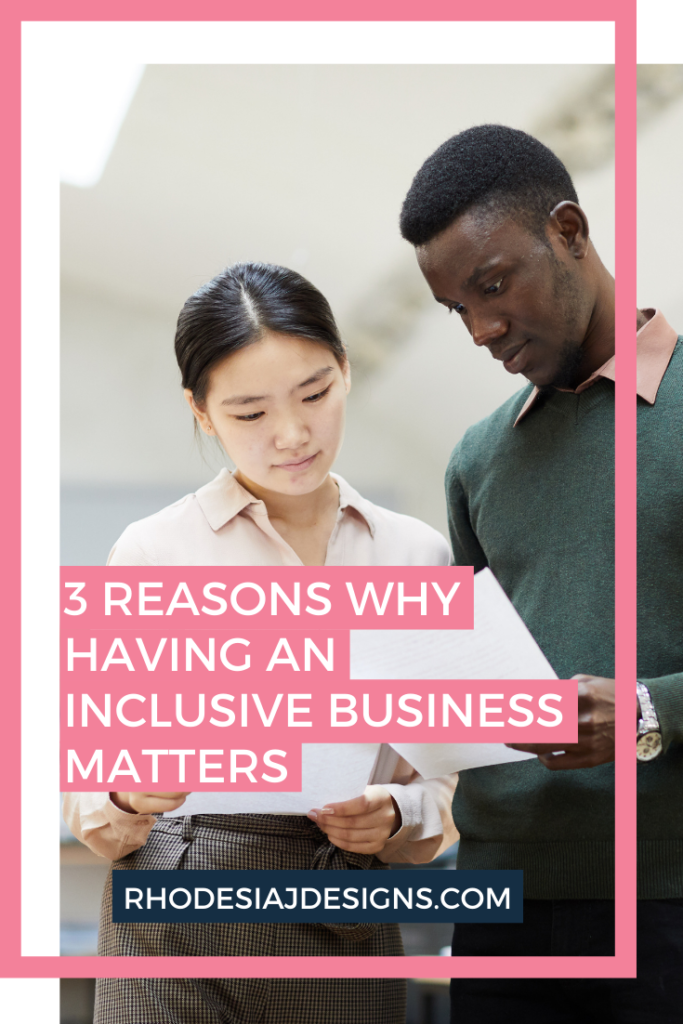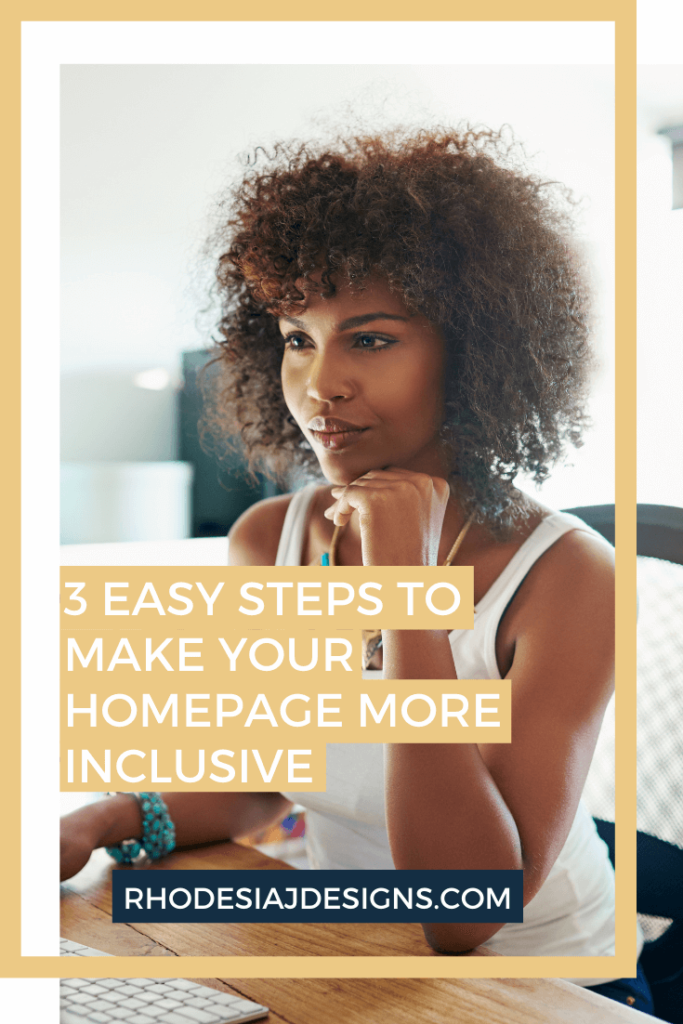Just in case you’re new here, I’m married to a woman. Which means I have a wife. This also means that when we are out for a nice anniversary dinner at a restaurant, they think we’re just a couple of “girlfriends” catching up, or when we are shopping, that our purchases should be separate. Or even worse, when I mention my partner at networking events and use the pronouns she/her, folks think that I’m mentioning my business partner. Fun right?

Wrong. Because of heteronormativity, defined as- “denoting or relating to a world view that promotes heterosexuality as the normal or preferred sexual orientation” source, my relationship is erased and a couple of femme queer womxn are suddenly turned into 🌸gal pals🌸 (our last wifi name, emojis included). As you can imagine, having a relationship that you’ve spent 10 years building disappear just like that isn’t a great feeling. But with your business, you have the power to help other queer folks in relationships not have their entire existence erased by heteronormative assumptions.
When meeting with new clients, don’t jump to assumptions about their sexual orientation, relationship status, or even their relationship structure. Doing so can “other” your clients or make them feel like an outsider.
Here are some tips on how to avoid doing this in your business in person, and on social media.
- When posting on social media, instead of asking about people’s husbands or wives, ask about their partners. This is a gender-neutral term that can take the place of husband or wife. And it opens the door for individuals whose significant others might identify as non-binary or genderqueer. It’s simple and everyone will still know what you’re talking about.
- When meeting someone for the first time, and you see that they have a wedding ring on don’t assume that their partner is a member of the opposite sex. If they never bring it up and you’re itching to know, ask yourself why it really matters to you. Will knowing make you treat them differently or dictate your conversation? If so, you have some work to do on unpacking your bias.
- If you work primarily with womxn and you have forms or questionnaires asking about their relationship status, consider using the term partner instead of husband or boyfriend.
- If you own a shop and carry any “his & hers” products consider selling them separately instead of as a set. You should also think about including some that say “theirs” for non-binary and genderqueer folks. That way couples can get the items that match their relationship as well as their pronouns.
- If you are in the wedding industry, make sure you aren’t only using the terms “husband and wife”, or “bride and groom” in your marketing. Including significant other, partner, spouse-to-be, etc are all things that are easy to change to make your business more inclusive. Using only heteronormative language can alienate folks and may even drive them away from working with you.
- If you are a coach or health professional for womxn, don’t assume that all of your clients have relationships with men.
These experiences might seem a bit ridiculous if you’ve never experienced them first hand. All of these examples are things that have happened to me personally. When this happens, I feel like an outsider. Not only that, but if this happened before I decided to work with someone, I would go elsewhere to someone that was making an effort to be more inclusive.






